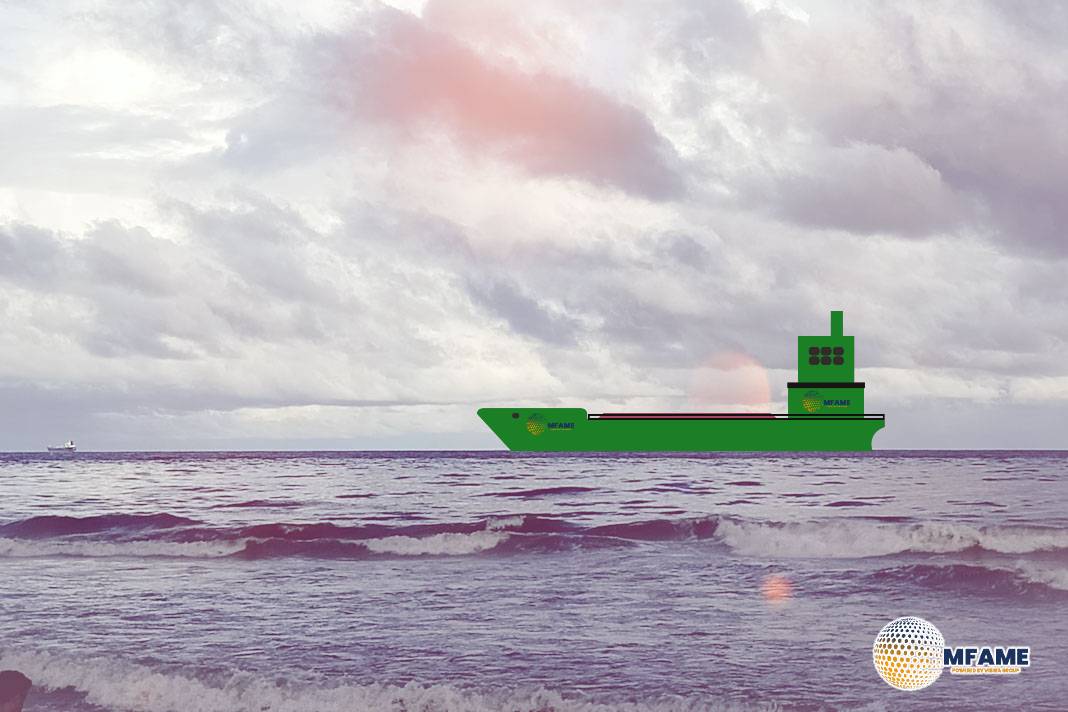- Incidents on the Paraná River have surged, doubling in 2024, with narrow channels and shifting sediment posing major risks to navigation.
- Despite mandatory pilotage, masters remain ultimately responsible and must ensure proper speed control, UKC, and voyage planning at all times.
- Detailed documentation of pilot exchanges, UKC policies, and voyage data is essential for legal defense in case of grounding or port claims.
As one of South America’s longest waterways, the Parana River provides a vital route for exporting agricultural products. However, the continuously shifting sediment beds, unpredictable currents and narrow channels have also made it a hotspot for ship groundings with numerous ships running aground in the river in 2025 alone.
This Gard article explores the legal implications for shipowners in the unfortunate event that a ship grounding occurs, and what may be done to protect their position.
Crucial Waterway with Growing Risks
The Paraná River, spanning nearly 4,880 km through Brazil, Paraguay, and Argentina, plays a pivotal role in exporting agricultural produce and industrial goods. Though extensively navigable, the waterway faces severe challenges—shifting sediment beds, strong currents, narrow channels—which have led to a notable rise in vessel groundings in recent years. In 2024 alone, incidents doubled to 28 from an annual average of about 12–15, and this trend continues into 2025 with significant hull and rudder damage reported early in the year.
High-Risk Zones & Grounding Incidents
Grounding hotspots include sections such as Los Ratones (km 286–290), Las Hermanas (km 320–325), Arriba Obligado, and Alvear—areas prone to sediment buildup and sharp bends that complicate steering. Most incidents occur between 350 km and 450 km from the river’s Atlantic entrance.
Master-Pilot Coordination & Speed Control
A formal Master-Pilot Information Exchange (MPX) is mandatory for safe transit through these complex waterways. Despite mandatory pilotage, the vessel master retains ultimate responsibility and must stay vigilant throughout the voyage. Speed limits are strictly enforced to minimize wash damage to other vessels and port installations, with general rules demanding speed compatible with safe steering. Specific limits—like keeping below 9 knots in high-traffic zones—must be reinforced through clear bridge communication and pre-voyage planning.
Maintaining Adequate Under-Keel Clearance (UKC)
Ensuring sufficient under-keel clearance is essential to avoid grounding. The recommended minimum UKC is 0.6 m, with added margins for deeper-drafted vessels and challenge zones. Key considerations include charted depths, squat effects, vessel trim, and anticipated speed. Proper voyage planning must account for all these factors—potentially overruling commercial pressures to sail at maximum draft.
Dredging & Daily Depth Monitoring
Dredging campaigns—such as the 2025 operation in Paraná, targeting depths between 9.5 m and 16.5 m in key port areas—are vital to combat silting and ensure navigability. Daily river bulletins issued by port authorities provide up‑to‑date draft limits and depth information. Masters should review these bulletins each voyage morning and rely on local bathymetric data and dredging reports to assess navigational safety.
Preparing for Grounding: Evidence & Legal Protection
In the unfortunate event of grounding, shipowners may face multiple claims—from ports, cargo interests, charterers, local authorities, or other vessels. Master conduct before the incident—including risk assessments, communication logs, UKC policy compliance, and voyage planning—becomes critical in defending or contesting claims. Maintaining written records of pilot exchanges, voyage planning, and river conditions supports both liability defenses and unsafe port claims.
Summary
Safe transit of the Paraná River requires rigorous planning, disciplined navigation, and clear communication:
- Identify high‑risk zones and adjust passage plans accordingly.
- Ensure robust UKC and speed control policies are followed.
- Engage in thorough MPX and maintain continuous vigilance.
- Monitor dredging status and daily river bulletin updates.
- Document decisions and communications to protect against legal exposure.
With these measures in place, shipmasters and owners can navigate this critical artery with greater confidence and resilience.
Did you subscribe to our daily Newsletter?
It’s Free Click here to Subscribe!
Source: Gard


















